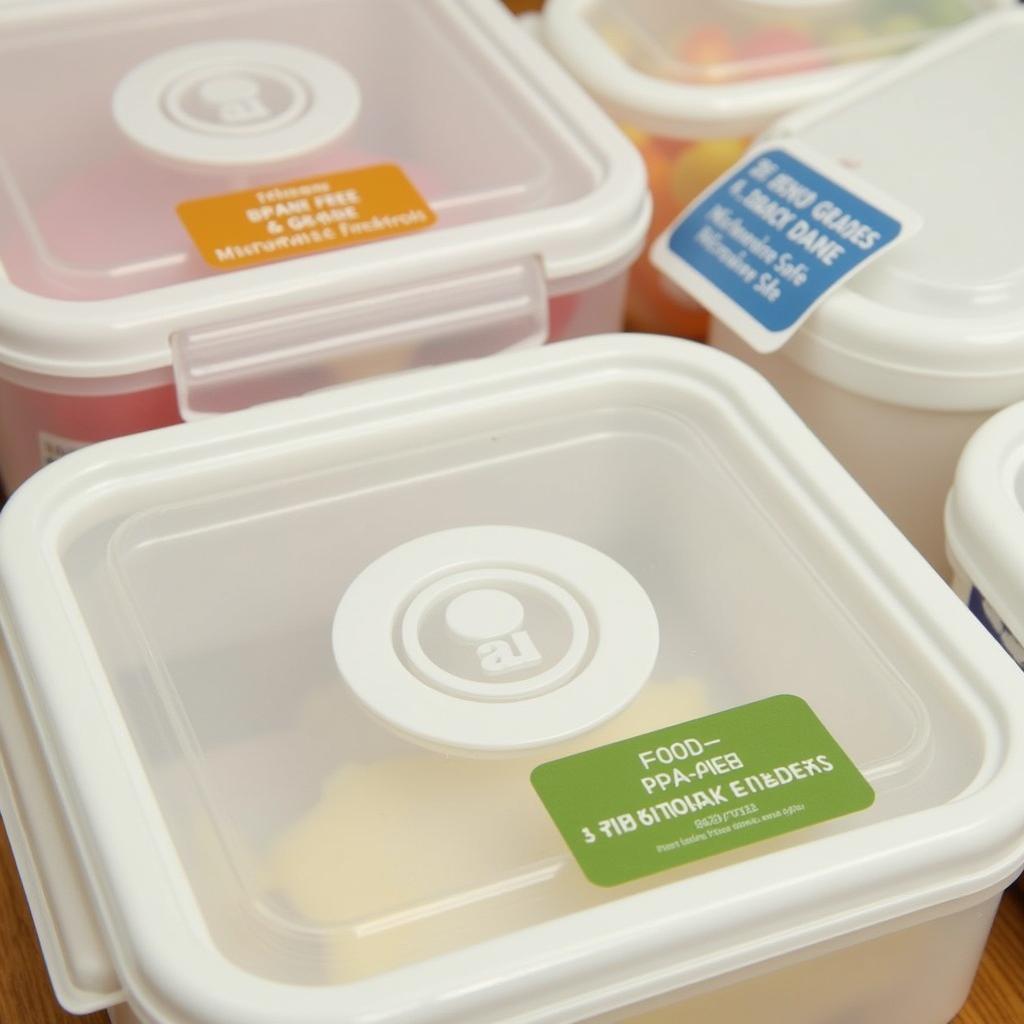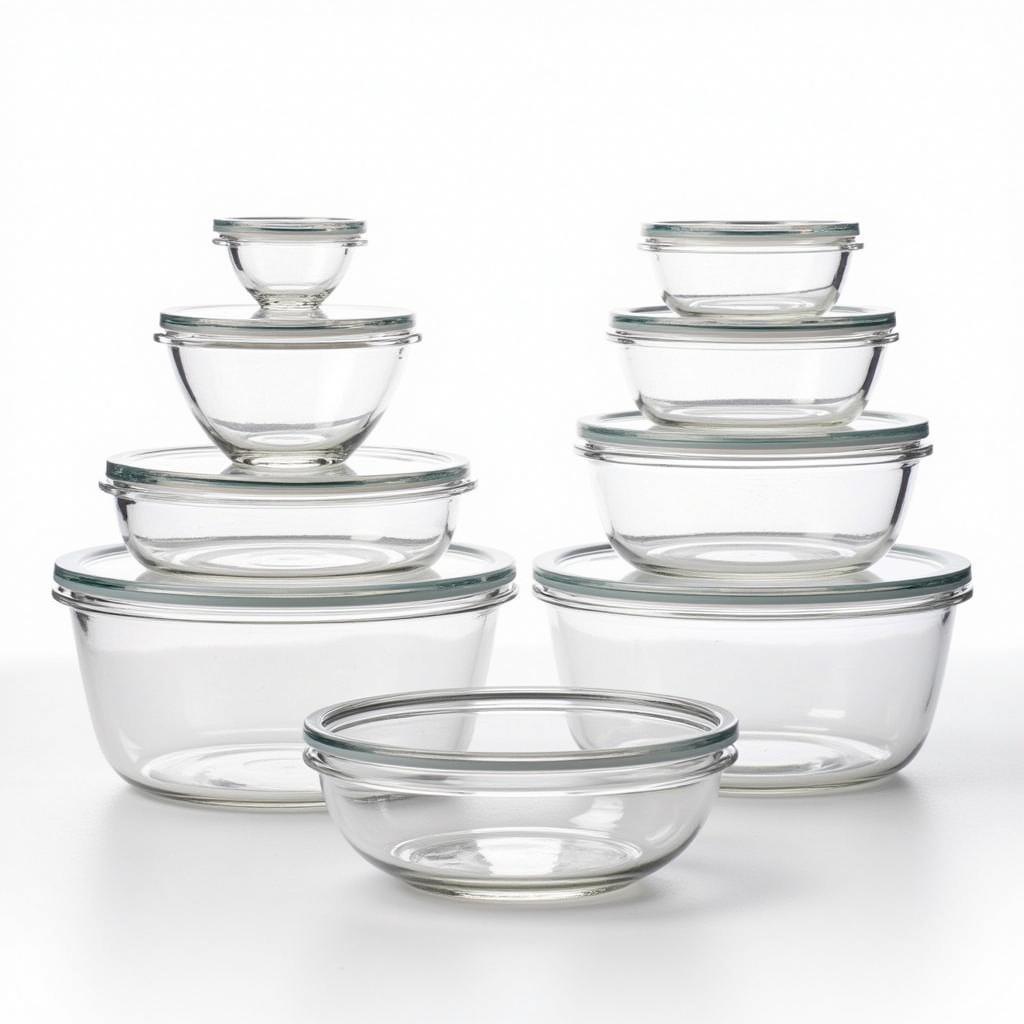Container Food Packaging has become an indispensable part of our modern lives, offering convenience and portability for our on-the-go lifestyles. But with so many options available, it can be overwhelming to navigate the world of food containers and make informed choices for both our health and the environment.
Understanding the Importance of Safe Food Packaging
Food safety should be our top priority when choosing containers. Opting for materials specifically designed for food contact ensures that harmful chemicals don’t leach into our food, compromising our health. Look for containers labeled as “food-grade” or “BPA-free,” especially when dealing with hot or acidic foods.
The Hidden Dangers of Leaching
Leaching occurs when chemicals from the packaging material migrate into the food, altering its taste and potentially posing health risks. Certain plastics, especially when exposed to heat, can release bisphenol A (BPA), a known endocrine disruptor. Choosing food-safe containers minimizes these risks, providing peace of mind while enjoying our meals.
 Food-Safe Symbols on Packaging
Food-Safe Symbols on Packaging
Exploring Sustainable Container Food Packaging Options
In an era of increasing environmental awareness, sustainable packaging has emerged as a crucial consideration. Traditional plastic containers contribute significantly to pollution due to their long decomposition times. Fortunately, eco-friendly alternatives have gained traction, offering a responsible approach to food storage and consumption.
Biodegradable and Compostable Solutions
Biodegradable containers decompose naturally over time, reducing their environmental impact. Compostable options go a step further, breaking down into nutrient-rich compost that can enrich the soil. Choosing these sustainable alternatives helps minimize waste and promotes a circular economy.
Reusable Container Food Packaging: A Sustainable Habit
Embracing reusable containers is a powerful way to reduce waste and our ecological footprint. From durable glass containers to stainless steel lunchboxes, numerous options cater to various needs and preferences. Investing in quality reusable containers is an investment in a healthier planet and a more sustainable lifestyle.
Choosing the Right Container Food Packaging for Your Needs
With a plethora of materials and designs available, selecting the appropriate container depends on individual needs and intended use. Let’s explore some popular options:
Plastic Containers: Convenience and Versatility
Plastic containers remain a popular choice due to their lightweight nature, affordability, and versatility. When opting for plastic, prioritize those labeled as “food-grade” and “BPA-free” to ensure food safety. Additionally, choose durable options that can be washed and reused multiple times before recycling.
Glass Containers: Purity and Durability
Glass containers are renowned for their purity and ability to preserve the flavor of food. They are non-porous, preventing odors and stains from lingering. Moreover, glass is dishwasher and microwave-safe, making it a convenient and hygienic option for everyday use.
 Glass Food Storage Containers
Glass Food Storage Containers
Stainless Steel Containers: Robustness and Sustainability
Stainless steel containers offer exceptional durability and longevity, making them ideal for everyday use and outdoor adventures. They are resistant to rust, stains, and dents, ensuring long-lasting performance. Furthermore, stainless steel is a recyclable material, contributing to its sustainability appeal.
food safe adhesive for plastic
Conclusion
Container food packaging plays a vital role in our modern lives, impacting both our health and the environment. By understanding the importance of food-safe materials and embracing sustainable options, we can make responsible choices that benefit ourselves and the planet. Whether opting for biodegradable alternatives or investing in durable reusable containers, every step towards conscious packaging makes a difference. Remember, our food choices extend beyond the plate, encompassing the containers we use to store and transport them.